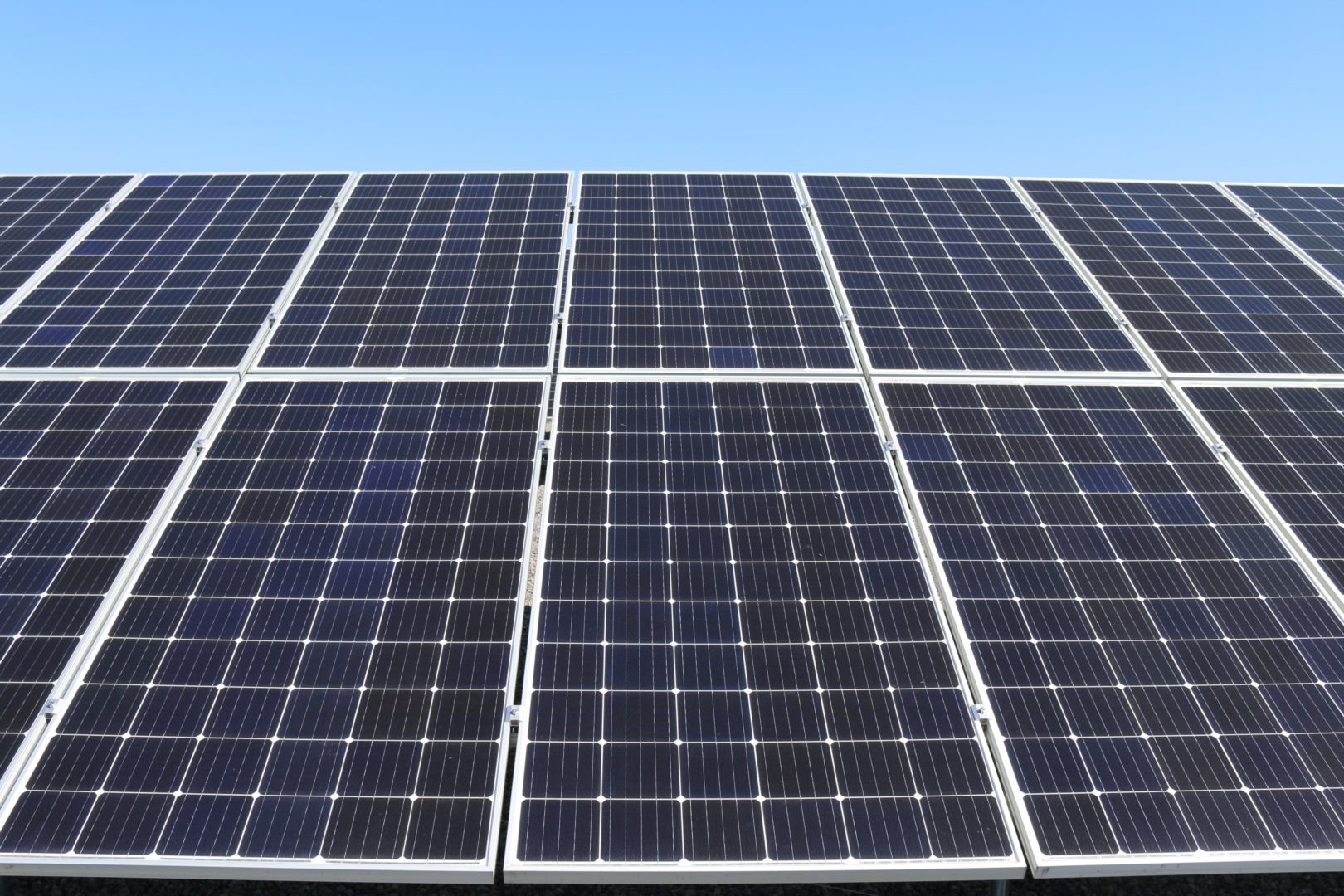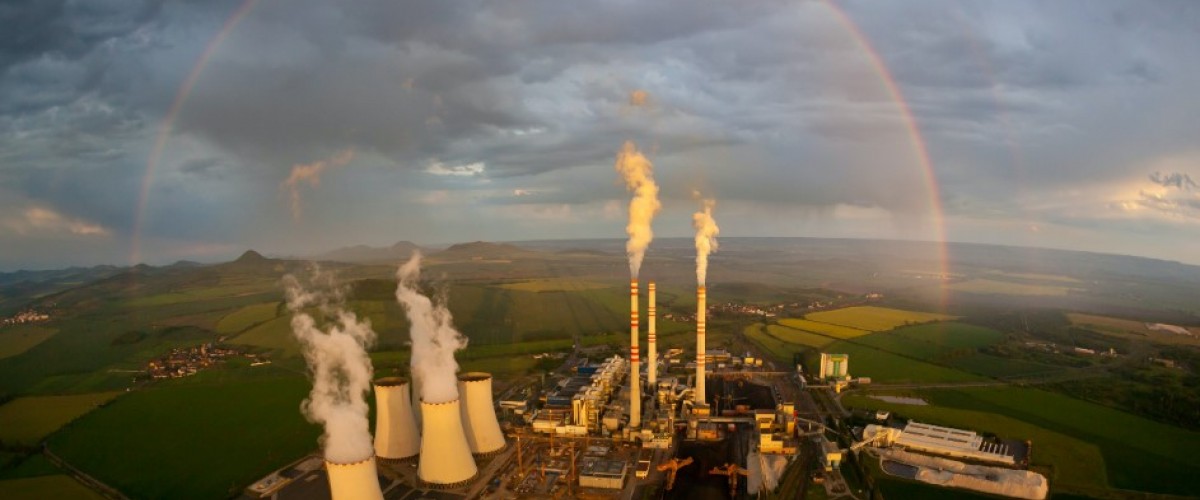Solar energy

Farming and rural communities are already suffering the effects of wetter, stormy winters, and the impacts of the drought and heat levels of the summer of 2022 were severe. Very few would deny the climate is under stress and that some of our systems must change in response to this.
Our high-carbon economy, based on roads, airport expansion and energy-wasting buildings, needs to make way for low-carbon, carefully planned development. CPRE have been supporting this kind of development for many years.
It is also clear we urgently need to increase our renewable energy capacity. The present energy supply crisis underlines the need for change. However, as our planning volunteers see regular planning applications for solar ‘farms’ in Herefordshire coming in, we call for careful thinking on the siting of renewables.
The most recent application in Herefordshire (P214619/H) is for 150 acres of solar ‘farm’ at Westhide on ‘agricultural arable land’. The applicant is a company based in Ellesmere Port, Cheshire supported by a planning development agent in Radstock, Somerset.
Solar Energy
Many people feel that large scale solar farms and wind turbines are highly visually intrusive and damage landscape quality. More importantly, solar ‘farms’ in particular are increasingly gobbling up high-quality agricultural land. Nationally CPRE is most concerned by the continuing loss of agricultural land, given the importance of food self-sufficiency in turbulent times. CPRE’s research on food security published in July 22 showed that 3,500 acres of the best farmland has come out of agricultural production for renewable energy projects in the last 12 years. Already much arable land is used for the environmentally questionable practice of growing biofuels. We should not be sacrificing such land to energy installations while alternative sites exist.
We welcome small-scale community projects that involve local communities and provide local benefits. But most, if not all large-scale installations are on private land and benefit the land owners and large energy companies, often at the expense of local people. Construction work is usually by national specialised companies so few if any rural jobs result. The out-of-county addresses for the planning application at Westhide provide a hint that all is not local!
Our priority is for a national push to site solar installations on rooftops. There are so many opportunities for this on housing but also especially on industrial units, barns, city centre developments and warehouses. Ground-level solar arrays should only be on brownfield (previously developed) sites, both urban and rural. A requirement for all new buildings to include solar panels should be mandatory. Our message is – rooftops and brownfield sites first!







